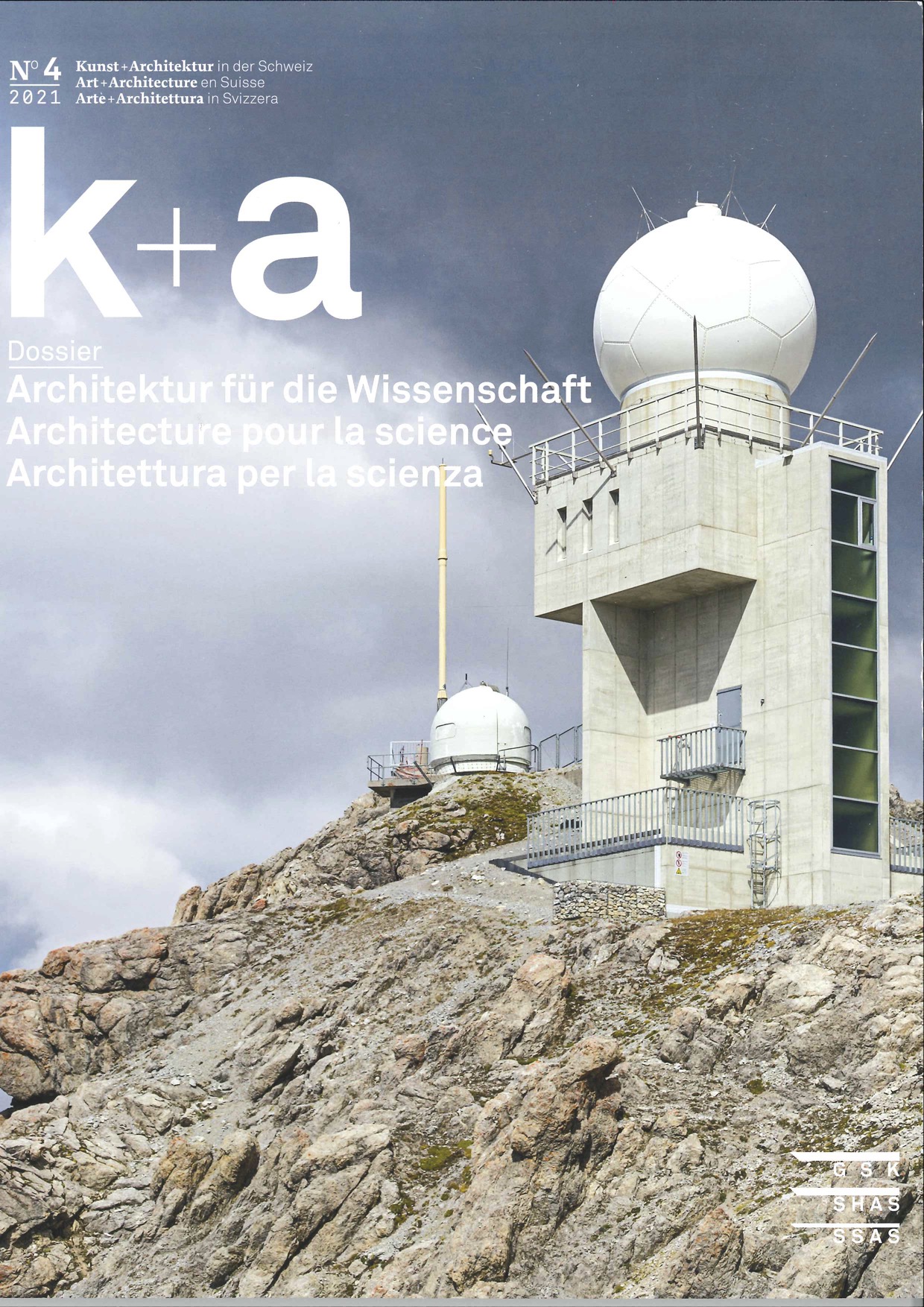
Langenberg, Silke and Rehm, Robin «Das Patent als Akteur technischer Innovationen. Hochschularchitektur der 1960er und 1970er Jahre», in: Kunst + Architektur in der Schweiz 4, 2021, pp. 12–21.
Since the middle of the 20th century, a university and laboratory architecture has been developing in which the patent assumes a special role as a letter of protection for technical innovations. Initially, grid systems with regularly positioned supporting structures emerge, into which floors, ceilings, interior walls and facades are inserted by means of varying connecting constructions. This architecture, which is primarily oriented towards structural logic and technology, acquires model character in many respects: elementary prefabricated structures are created that guarantee an economical building organization. The modularization of the construction correlates with the research and educational aspirations of the universities, which are built primarily in the Federal Republic of Germany, but also in Switzerland and Austria, and which aim at rationality.